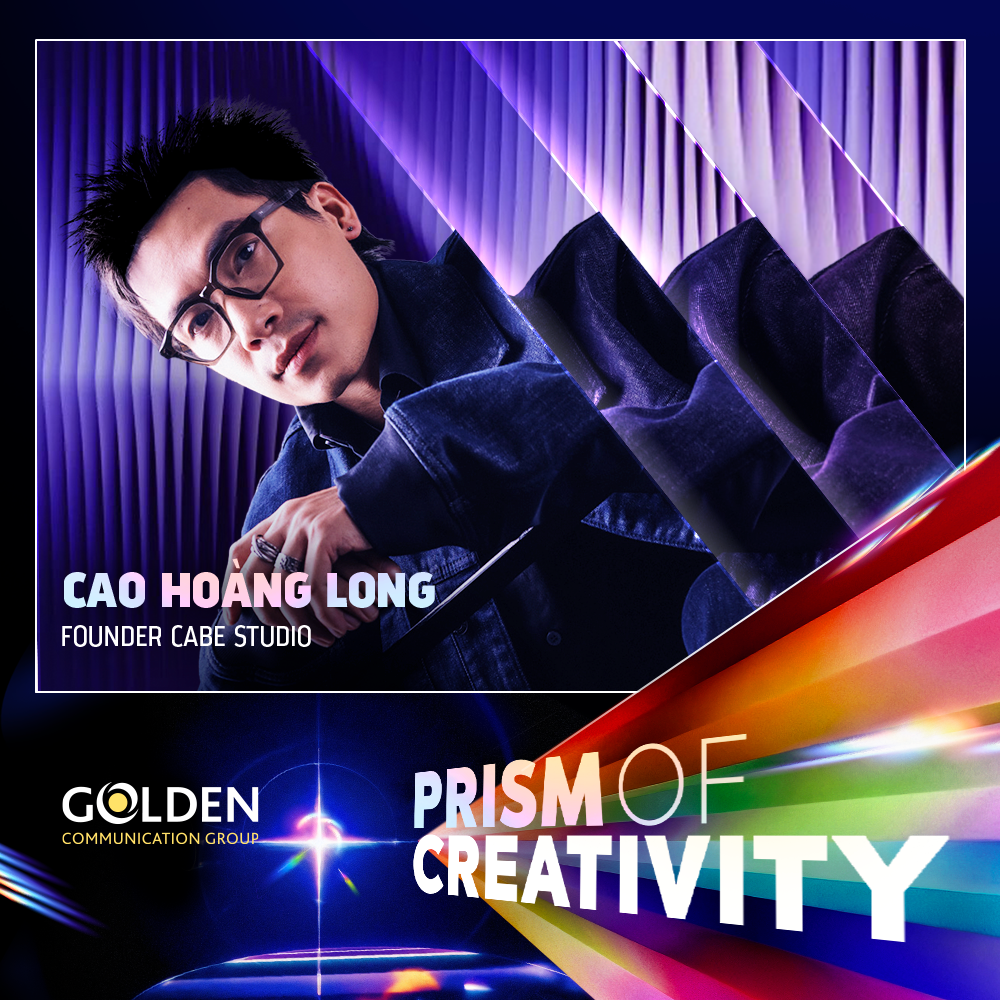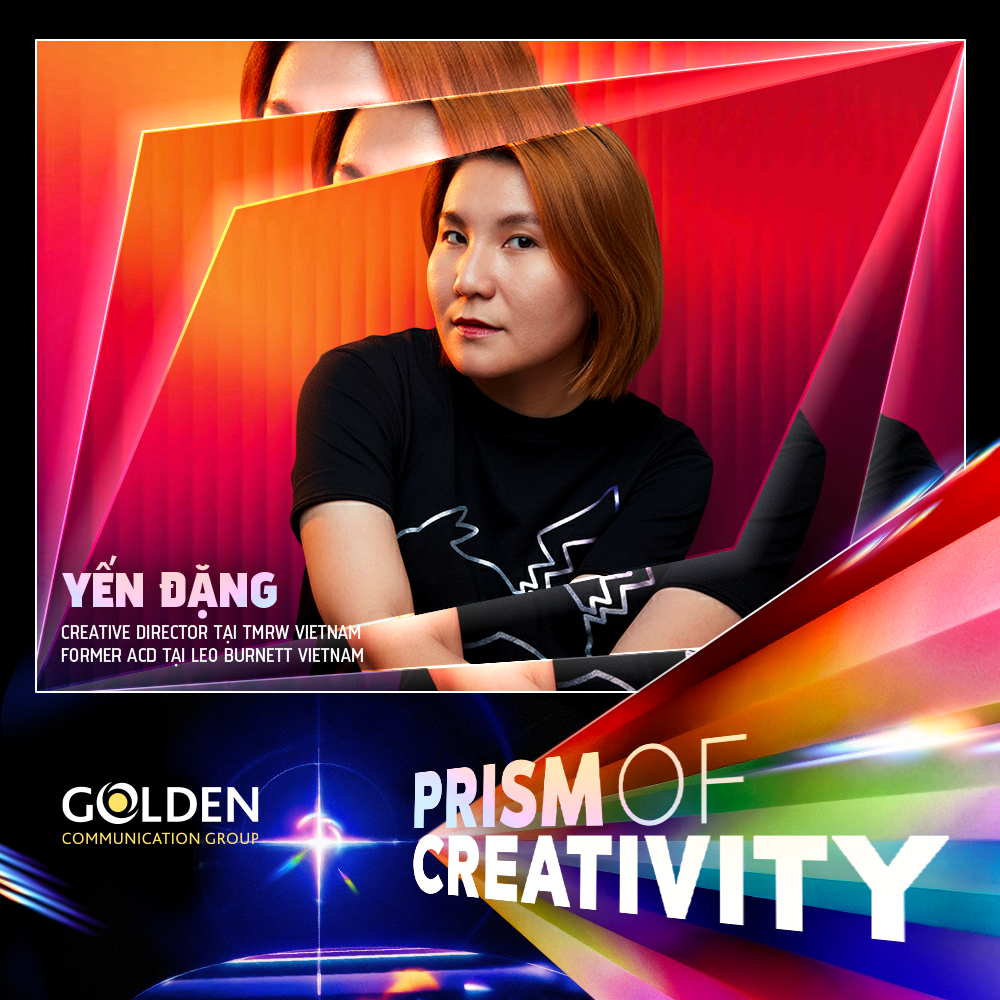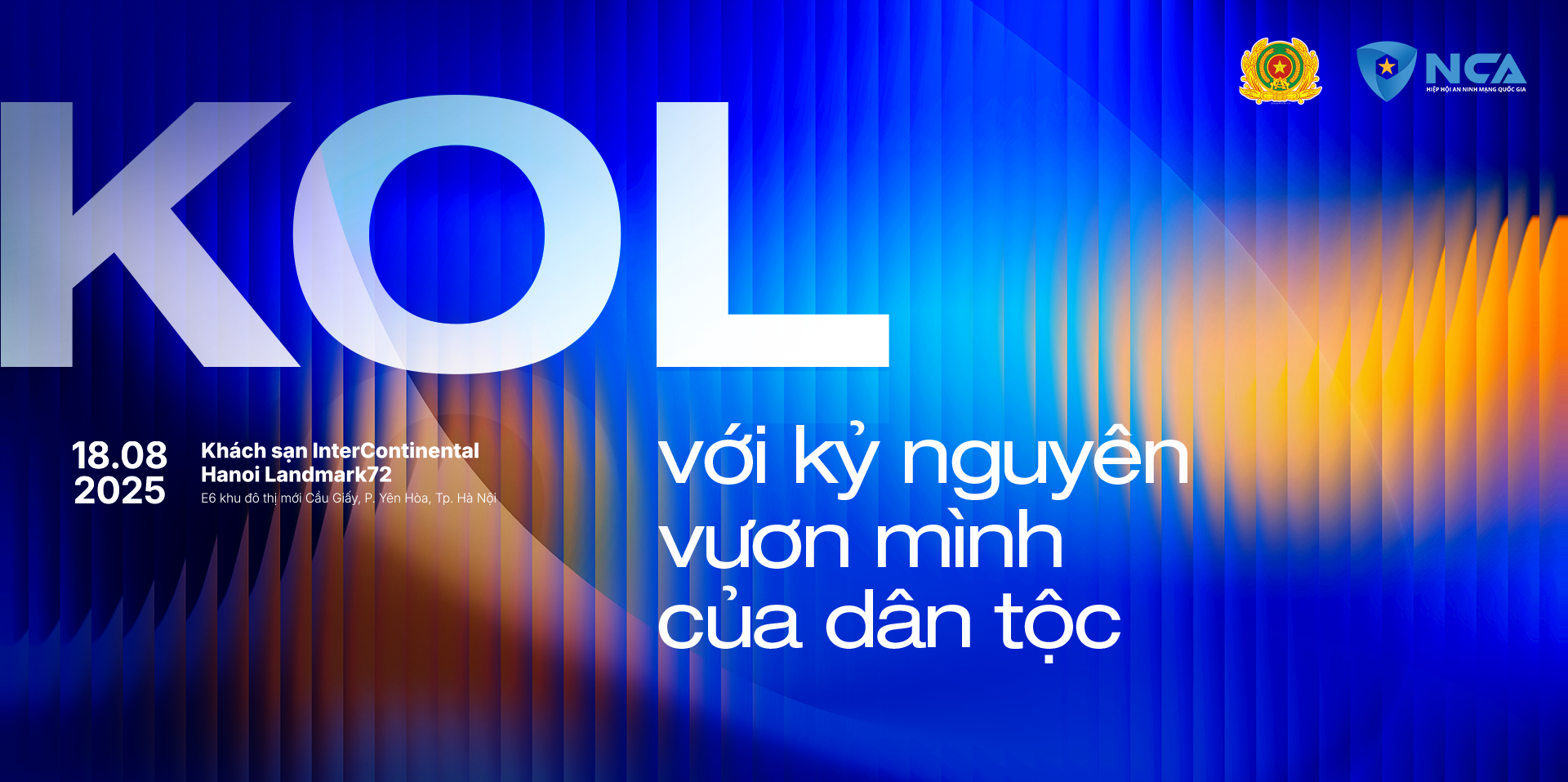Trend snapshot: TikTok
- share
- copy link
SUMMARY
NEED TO KNOW
- Known as Douyin in its native China, TikTok was launched by owner ByteDance in 2016. It has since been downloaded more than one billion times and has mounting influence in youth culture
- Douyin and TikTok are potentially redefining the concept of short-from video for brands
- Users can create and share vertical video clips lasting up to 15-seconds, and consume and comment on UGC through an AI-powered, feed-style interface
- TikTok currently has four key ad formats: brand takeover, in-feed native video, hashtag challenge and branded lenses
- Its rapid rise has been marred by controversies related to brand safety, child exploitation and data privacy concerns which led to a temporary ban in some markets
- Advertisers committing to activity on TikTok should adopt a ‘test and learn’ approach, and ensure they have measures in place to handle any potential brand safety issues, especially given the young age of most of the app’s users
- Brands looking to target teen and young adult audiences – whether current or next generation customers – should consider the impact TikTok is having on video consumption habits
- It is advisable that brands create bespoke video for TikTok, rather than re-purposing existing social video content. Marketers must decide whether this additional production cost is worth the investment
- Partnerships with TikTok influencers may offer a more economical method of experimenting with the platform, as well as helping to ensure content relevancy
- TikTok is the first Chinese media owner to truly change the mobile usage and content consumption habits at a global level, ushering in new user expectations of shorter video experiences, a fresh take on the idea of social media influencers, and the beginnings of a Chinese ascendency in the media space
TREND OVERVIEW
Brands have been alerted to the marketing potential of TikTok, a mobile video app with a fast-growing global userbase among teen and young adult audiences.
Known as Douyin in its native China, TikTok was launched by owner ByteDance in 2016. It has since been downloaded more than one billion times, according to Sensor Tower Store Intelligence, and has become famous for its dance, lip-syncing and stunt-themed content.
The app enables users to create and share 15-second vertical video clips, and consume and comment on user generated content (UGC) through an AI-powered, feed-style interface which learns the types of content users are most likely to enjoy. Users are encouraged to be creative when producing video, and can utilise tools to speed up or slow down footage, implement filters and overlay music clips.
ByteDance has pursued an aggressive acquisition strategy, purchasing social media platform Music.ly in 2017 and merging it with TikTok a year later. This has enabled the company to quickly grow its audience in the US, where Sensor Tower estimates it has around 100 million users. It has supported this growth strategy with above-the-line advertising across target international markets, as well as the recruitment of celebrity users such as US TV comic Jimmy Fallon, Arnold Schwarzenegger and pop star Rita Ora.
TikTok is now beginning to introduce advertising. The app currently offers four key ad formats:
- Brand takeover:The first content a user sees upon opening the app, designed for mass reach. Typically a three-second image or 3.5-second video.
- In-feed native video:Five- to 15-second full-screen video ads, used by brands to drive engagement, such as clicks through to an external URL.
- Hashtag challenge:Brands ask users to participate in a UGC challenge, recording themselves completing a specific action or task. A way for brands to tap into TikTok’s culture of creativity. Hashtag challenges appear within the app’s Discover page and can be reached by clicking on hashtags within both paid and organic videos.
- Branded lenses:Fully-customisable 2D or 3D AR lenses, produced in-house by TikTok’s design team, similar to Snap’s Sponsored Lens product.
However, while TikTok’s ascent has been rapid, it has proved far from painless. Numerous controversies have called into question the safety of the environment, both for brands and users. In the case of the latter, critics have suggested the platform exposes children and young people to sexual predators. Users of Douyin in China have found the app so addictive that a notice appears after 90 minutes of continuous usage encouraging them to take a break.
This has prompted a regulatory response. In April 2019, downloads of the app were banned for a two-week period in India – one of its most popular markets – after TikTok was accused of spreading explicit and “unlawful” content. Indonesian authorities last year imposed an outright ban, citing “pornography, inappropriate content and blasphemy”, and only lifted when TikTok created a new team to censor content.
The app has also been accused of exploitative behaviour from a data privacy standpoint. In the US, ByteDance paid $5.7m to the Federal Trade Commission to settle allegations that it violated the Children’s Online Privacy Protection Act by illegally collecting personal information from children aged under 13.
Nevertheless, the mounting influence of TikTok in youth culture was exemplified by its role in popularising ‘Old Town Road’, a song by Lil Nas X, which topped the US Billboard Hot 100 charts for several weeks after becoming a viral hit on the app.
BRANDS AHEAD OF THE CURVE
Douyin, the Chinese version of the app, has witnessed a much greater level of brand activity to date, both from local advertisers such as hotpot restaurant Haidilao and international firms like Michael Kors and Adidas.
In the case of Pizza Hut, the restaurant chain wanted to increase awareness of its squid ink-flavoured pizza. To do so it created a ‘Hashtag Challenge’ video featuring a customised AR filter, and encouraged users to create their own versions. By the end of the campaign, 28,000 Pizza Hut-branded videos had been uploaded to TikTok and viewed over 100 million times.
At a global level, TikTok only began testing advertising in January 2019. US food delivery company GrubHub became one of the first non-Chinese brands to trial the platform, using its ‘Brand Takeover’ format to encourage downloads of its own mobile app. Since then, a growing number of advertisers and content creators have appeared on the app in an effort to reach millennial and Gen Z audiences, though budget allocation remains low and PR buzz-generation the key signifier of success.
Brands with the ability to create youth-focused content have been quickest to move. German football teams including Bayern Munich and Borussia Dortmund have begun posting content on TikTok, with the Bavarian club having stated its aim of reaching one million fans on the platform by the end of 2019. Soccer teams in particular have found joy tapping into TikTok users’ love of music, with videos featuring the dances used by players to celebrate scoring goals.
Perhaps unsurprisingly, TikTok is also becoming a ‘must-have’ addition to media plans used to promote music artists. In India, Sony Music partnered with the app in a campaign for the track ‘Haaye Oye’, performed by Ash King. A “first-of-its-kind” musical sticker was woven into the music video narrative, deepening engagement with users and resulting in “incredible numbers and quality of participation”.
WHAT IT MEANS FOR BRANDS
The primary appeal of TikTok for advertisers is “neomania”, according to James Whatley, Strategy Partner at Digitas: “TikTok today is what Snapchat was in 2012, Vine in 2013, and Instagram every year thereafter.” The most important difference, said Whatley, is the “sheer and absolute fun” of the creativity on offer in the form of UGC. “It’s a near full-time job to keep on top of it,” he added.
While the mobile-native video format is not entirely new – previous examples include Miaopai in China and Twitter’s Vine – Douyin and TikTok are beginning to redefine the concept of short-form video for brands. “While many Western users would agree that a video up to 10 minutes is short, for Chinese users this is just too long – anything longer than a minute would be perceived as such,” said Vladimir Prostran, Group Strategy Director at PHD Media China.
“Chinese social and online video users are impatient, and the first few seconds in a video are crucial as they determine whether the content will be viewed further. TikTok and Douyin utilised this impatience to their own advantage by promoting a format that is short and snappy, requiring content creators to be highly focused.”
Those non-Chinese brands experimenting with TikTok remain in “test budget phase”, commented Kieley Taylor, Managing Partner and Global Head of Social at GroupM. “It’s not as if 2020 plans are going to be built on TikTok,” she said, adding that marketers must be prepared to adhere to the expectations of the app’s community of users, particularly from a creative standpoint.
“There has to be a lot of thoughtfulness in making your brand suitable for the platform, rather than the platform empowering you. For those that are really dialled in, awesome – so much more brand love. For other brands [not adapting to the needs of the platform], they tend to misstep in terms of how they are acting, and [their content] feels contrived, overly-polished, or not in-kind with the rest of the content.”
Natalie Carder, Head of Paid Social at Zenith Global, concurs: “For brands embracing TikTok’s bread-and-butter vertical video product, anything other than made-for-mobile, natively-edited creative could be in danger of feeling jarring. Brands need to know their audience well, and build relevant content that will appeal to a community that comes to the platform predominantly for entertainment.”
With ‘Brand Takeover’ ads priced at around $100,000 and ‘Hashtag Challenge’ campaigns costing up to $350,000, brands wishing to test the water in a more economical fashion can establish ties with TikTok’s burgeoning community of influencers. These individuals – largely distinct from the armies of YouTube and Instagram influencers – understand the platform and its users, so can also assist with creative development.
In its efforts to win over brands, parent company ByteDance has emphasised the uniqueness of TikTok’s audience compared to that of other platforms. For brands in the FMCG and entertainment categories looking to engage with their next generation of consumers, or simply advertisers positioning themselves as “energetic and youthful”, this is highly appealing.
However, the large numbers of teens and children using TikTok poses its own challenges. If brands operate in age-restricted regulatory environment, including alcoholic beverages and gambling, they would be advised to “err on the side of caution”, added Taylor.
TikTok also presents “major concerns” from a brand safety perspective, argued Ryan Kangisser, Digital Partner at consultancy MediaSense. “This is an AI-driven approach to serving content, which limits the opportunity to safeguard brands from inappropriate content,” he said. “No one has the appetite for another brand safety scandal. I think people will view this as a risk they can do without.”
Even for those brands agreeing brand safety parameters with agencies and app partners, and launching campaigns on TikTok, the third-party measurement and verification systems are highly inadequate compared to those offered by other social media companies. Advancements are expected in the second half of 2019.
Marketers used to the convenience of buying and running campaigns on the likes of Instagram and Snapchat must also contend with ByteDance only transacting via direct insertion order ad buys. A fully-functioning self-serve ad platform is not expected for two or three years yet.
WHAT WE CAN EXPECT
From an audience growth perspective, TikTok could soon rival Snapchat as brands’ favoured channel to reach consumers under the age of 21. The app already accounts for 1.5% of global mobile traffic, not far behind the likes of Netflix (2.4%) and Facebook (2.5%) – and its share may be much larger, as research provider Sandvine does not include a significant amount of data from China.
“As more success stories emerge [from TikTok], it is likely that brands will seriously start to take notice,” said Zenith’s Carder.
In an effort to lure advertisers, parent company ByteDance is likely to experiment with new ad products. The app’s growth has been fuelled by a focus on user experience and the needs of its creator community, but it may need to find a “happy medium” if it wishes to truly scale its ad business, argued GroupM’s Taylor. Options include native versions of tried-and-tested formats such as YouTube’s Masthead and Twitter’s First View.
Marketers who are persuaded to move beyond test phase with TikTok face a budgetary dilemma. The need for unique vertical video assets and bespoke production make it hard to simply shift ad dollars from traditional TV and YouTube. Instead, suggested Taylor, there may be a share shift from other social platforms. “If Facebook is no longer growing at the same rate, and TikTok is growing, then you might see a flat or [slower-growing] Facebook budget, and some extra room for TikTok,” she added.
Nevertheless, until brands and agencies are able to hold TikTok to account with the same degree of rigour as other digital media owners, the app will continue to encounter a degree of reluctance regarding additional spend. Advertisers can expect a flurry of third-party verification and measurement announcements, as well as advancements in analytics tools, over the coming 12 months.
Marketers will be wary of TikTok’s susceptibility to regulatory flashpoints. Having already faced bans in India and Indonesia, the app again may find itself hauled before authorities for either failing to protect users from nefarious influences or hosting content which local governments and judiciaries consider inappropriate. Its pledge to censor videos in those markets is likely to become a recurring theme.
More broadly, and much like telecommunications giant Huawei, TikTok may find itself caught in the headwinds of an escalating trade war between the US and China, while authorities in privacy-sensitive regions like the European Union may take a dim view of the manner in which the app has honed its algorithms using data from child users in markets with less strict rules.
While TikTok currently only operates in its standalone mobile video app guise, commentators expect it to follow in the footsteps of Chinese digital platforms like Alibaba and Tencent’s WeChat with e-commerce functionality. Following testing with Douyin, the Chinese version of the app, users may soon be able to click through from videos to purchase products.
Yet TikTok’s most long-lasting legacy may be in becoming the first Chinese media owner to truly change the mobile usage and content consumption habits at a global level, ushering in new user expectations of shorter video experiences, a fresh take on the idea of social media influencers, and the beginnings of a Chinese ascendency in the media space.

.jpg)


.jpg)
